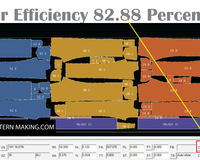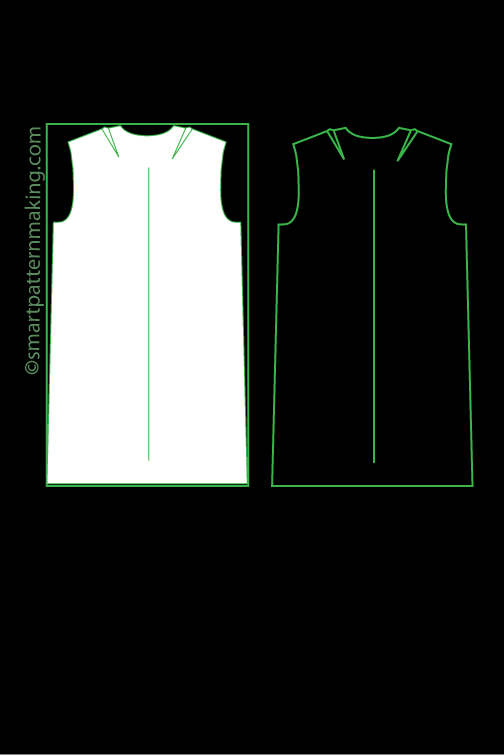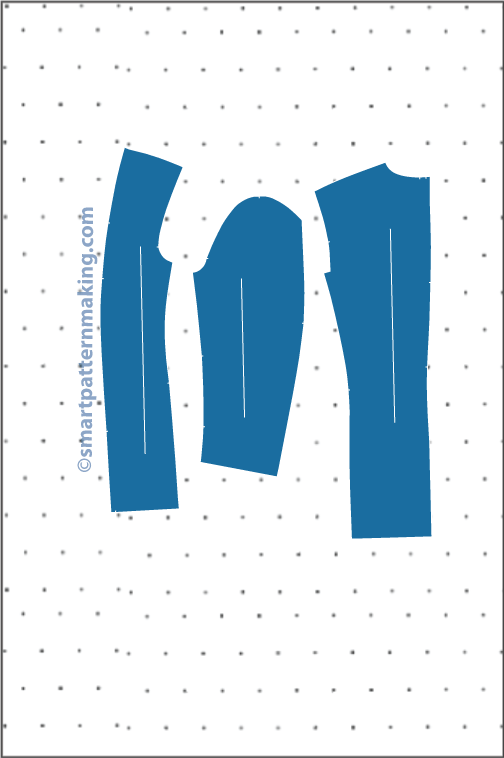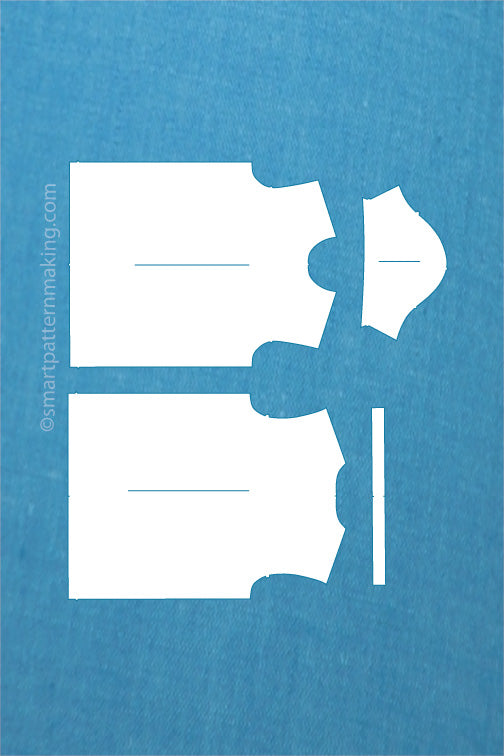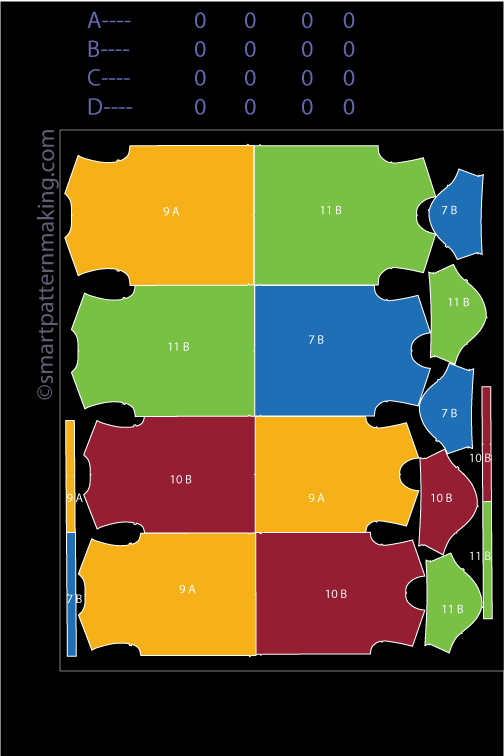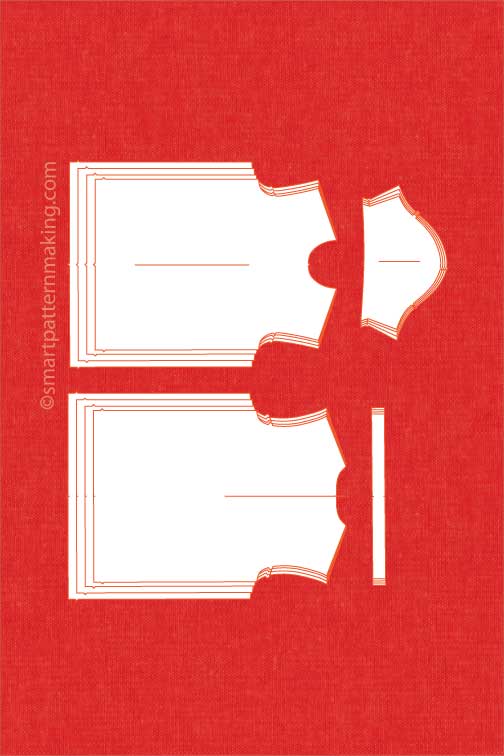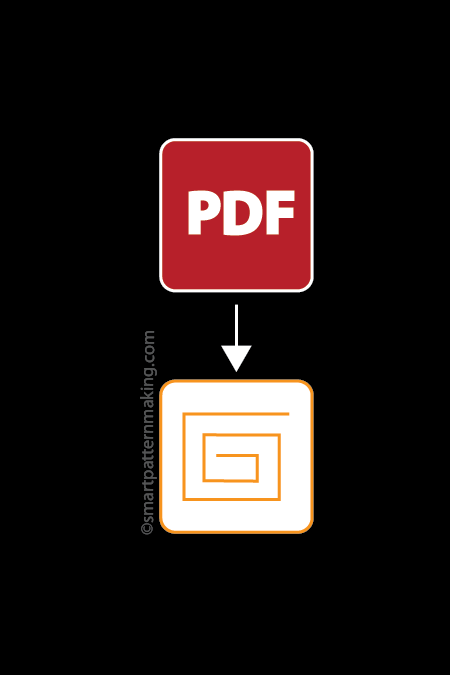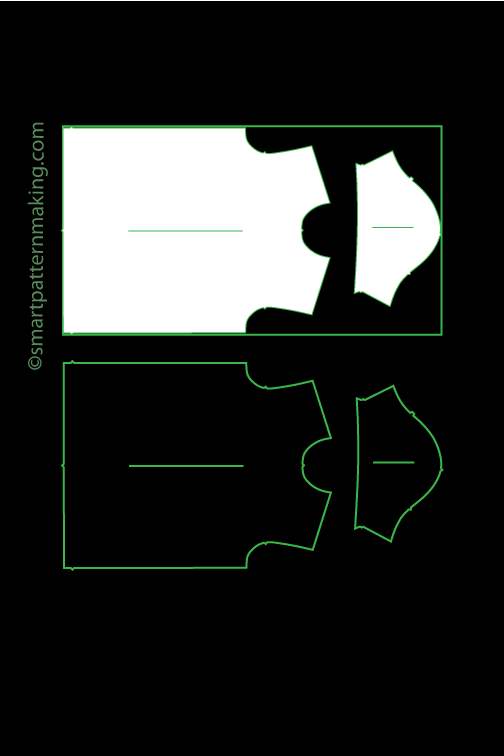Grading is a very powerful skill set to have. It can transform skirts to entirely new. Grading is a process through which is integral for tailors both at home and professionals. As powerful as it is, the process is simple enough to take place whenever the need arises. Think about what it means. For home tailors and seamstresses, never again will you have to turn out a skirt because of the way the fashion trends or body figures have changed. For professionals, an inclusive clothing line can be designed which meets various sizes and trends. Grading is the process through which skirts, whether single or a whole line of clothing, can be revamped to meet changing needs.
First, it is important to understand what we mean by skirt pattern grading. In essence, the aim of skirt pattern grading is to achieve a proportional change in the size or measurement of a skirt pattern. Grading means that regardless whether you increase or decrease the measurement of a skirt pattern, it will not alter the essence of the skirt: the shape, balance, scale, and fit of the details that make the style of the skirt pattern.

Grading has existed as long as patterns have. Historically speaking, as commercial patterns came into being, and clothes began to produced on a massive scale, there was a need to fit clothes to different body types and sizes. Every clothing line will try to ensure every pattern piece is available in a range of sizes. The science of grading works by companies that make patterns and manufacturers of apparel making a middle-sized pattern which can be scaled or graded up or down as required for larger and smaller sizes.
However, the concept behind this commercial process is a very simple one which can be easily used to grade up or down that vintage skirt that is quite the grab but not quite the fit. Oftentimes, a skirt that you love may need to be altered according to the prevailing fashion trend or must suit a changed body type or size. Fear not, in a situation like this, skirt pattern grading can help you adapt to the change without losing the essence of the skirt.
Skirt pattern grading usually revolves around three basic techniques. These include the cut and spread technique, pattern shifting technique, and the computer grading technique. Each one of these methods are perfect in their intended use. A perfect fit can be created whether the objective is to grade up, which is to increase the size, or grade down, which is to decrease the size of your skirt pattern.
The Cut and Spread Technique
Among the easier methods, we have the cut and spread technique. This technique is essentially the foundation of the other two. The cut and spread grading technique is also relatively the easiest amongst the three. In order to employ the cut and spread grading method to grade your skirt pattern, you start by cutting the skirt fabric. Thereafter, you spread the fabric according to the measurement you want to use to grade your skirt pattern if you want to grade up your skirt. Otherwise, you overlap the fabric in the case of grading down.
The Pattern Shifting Technique
The second method, as we advance up the ladder, is known as pattern shifting. The pattern shifting technique relies upon expansion of the overall measurement of the skirt pattern. This method can be used to grade up or down, or to shift a pattern left or right. In order to create these new measurements, a special ruler can be used. The original shape of the skirt can be redrawn using this special ruler in order to create the same pattern as used by the cut and spread technique.
Computer Software Grading
The third basic method that can be used to grade your vintage skirt up or down is an advanced state of the art technique that makes use of technological advancements. It involves the use of computer software which can scan patterns and resize according to new measurements to help you grade your skirt pattern. Although skirt pattern grading software is usually industry level, cheaper alternatives are developing to allow home tailors make use of software to grade garments.
Before you start grading with the use of any method from the ones mentioned above, it is important to take down the measurements of the skirt and the body size you are adapting your skirt to. With this essential information in your mind, you can plan the grading process to see whether you will be required to carry out grading up or grading down. This will also help you establish the measurement of the changes you need to make.
Another key piece of information that you should remember is that there is a difference between grading your skirt pattern and resizing the skirt pattern. It is a very fine line. The difference between skin pattern grading and skirt pattern resizing is that skirt pattern grading focuses upon increasing or decreasing the size of the skirt pattern based on the overall difference that exists between the current measurements of the skirt and the body measurement. On the other hand, skirt pattern alteration or resizing is used to adapt a skirt to one person’s body type, figure, and shape.
While skirt pattern grading focuses upon ensuring that the essence of the skirt pattern is maintained by increasing or reducing the size of the skirt pattern to adapt to the intended measurement, skirt pattern alteration does not keep this in consideration. It is important to keep in mind that skirt pattern alteration will not preserve this, and it will change the shape of the skirt being altered.
Since we are speaking from the skirt pattern grading 101 guide, it is important to see what patterns you can do best with no prior experience. Start with the basics first, these include the skirt front and back, the length, and the waist and hips. Once you are confident with skirt pattern grading in this departments, you can move on to more complex designs. It is true that in the skirt pattern grading quest to adapt your vintage skirt to your particular taste, it will do well to practice until it is perfect. It is a game of trial and error. Continuous effort will ensure your skills of skirt pattern grading are honed. In any case, with any of these three methods under your belt, you are ready to increase or decrease the size of your vintage skirt without affecting its vintage element.
*****SUBMIT YOUR FIRST SKIRT GRADING REQUEST TODAY!*****
Alejandro Esparza: Entrepreneur/ Founder @ smartpatternmaking.com/ Designer/ Professional Pattern Maker/ Startup Advisor. He has the ability to work with small entrepreneurial companies’ private label customers and large organizations. Alejandro is a graduate of Los Angeles Trade Technical College Fashion Design Program. He is an expert with over 25 years experience in apparel garment industry and has published multiple articles about the garment industry. Copyright © by Alejandro Esparza. All Rights Reserved. No part of this article may be copy or used without written Permission from Alejandro Esparza the Author.



